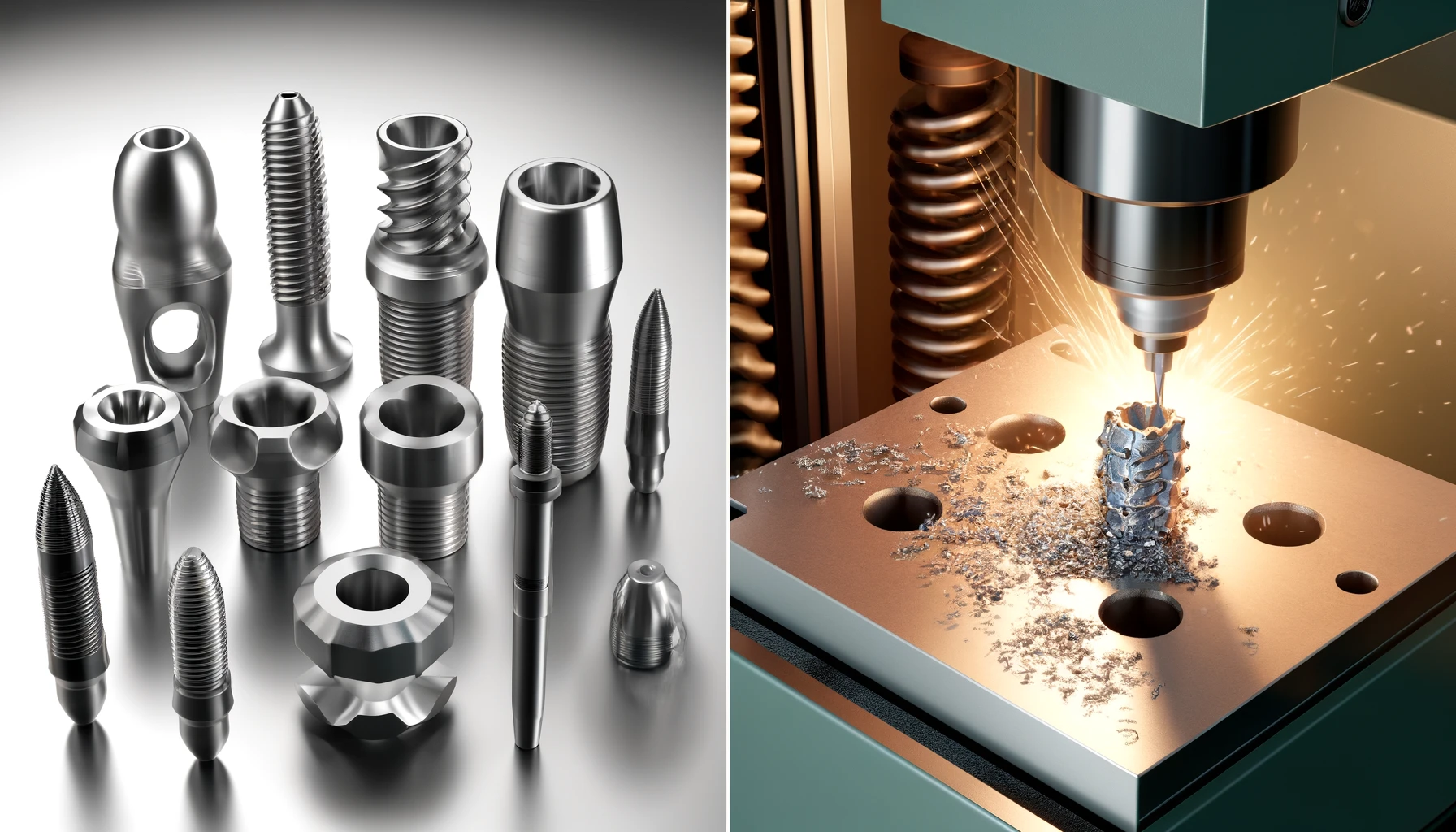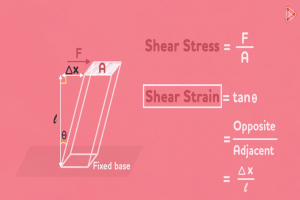Introduction: The Crucial Role of Feed Rate in CNC Machining of Dental Implants
In the sophisticated realm of medical device manufacturing, CNC machining stands out for its precision and repeatability, making it indispensable in the production of dental implants. The choice of parameters, especially the feed rate, plays a pivotal role in determining the quality and functionality of the final product. The feed rate, which dictates how quickly a cutting tool moves through material, affects everything from machining efficiency to the surface quality and structural integrity of the dental implants. Understanding and controlling the feed rate is crucial for optimizing product performance and ensuring long-term durability.
What is Feed Rate and Why is it Critical for CNC Machining Dental Implants?
Feed rate in CNC machining refers to the velocity at which the cutting tool advances through the material. It’s measured in units of distance per time (e.g., millimeters per minute). For dental implants, which require utmost precision due to their intricate designs and the sensitive nature of their application, the importance of an optimized feed rate cannot be overstated. An improper feed rate can lead to issues such as excessive heat generation, tool wear, and poor surface finish, all of which can compromise the functionality and aesthetic of the implants.
How Does Feed Rate Affect the Surface Integrity of Dental Implants?
The surface integrity of dental implants is critical to their success. A smooth surface reduces the risk of bacterial adhesion and enhances osseointegration, which is the integration of the implant into the bone. The feed rate directly impacts the surface roughness: too fast can lead to a rough, uneven finish, while too slow may result in a polished but inefficient process.
Case Study: In a controlled study, titanium dental implants were machined at varying feed rates. The lowest feed rate of 50 mm/min produced a surface roughness (Ra) of 0.2 µm, while the highest rate of 200 mm/min resulted in an Ra of 0.8 µm, indicating that slower feed rates contribute to a smoother surface.
What are the Challenges of Optimizing Feed Rate for Enhanced Durability?
Optimizing feed rate for durability in dental implant machining involves balancing efficiency and part longevity. This balance is challenging due to the varying nature of materials and the precision required for implant devices.
Data Table: Feed Rate vs. Tool Wear Rates
| Feed Rate (mm/min) | Tool Wear (mm) | Implant Material |
|---|---|---|
| 50 | 0.05 | Titanium |
| 100 | 0.10 | Titanium |
| 150 | 0.20 | Titanium |
| 200 | 0.35 | Titanium |
| 250 | 0.50 | Titanium |
| 300 | 0.65 | Titanium |
| 350 | 0.85 | Titanium |
| 400 | 1.05 | Titanium |
This table shows the exponential increase in tool wear with higher feed rates, highlighting the trade-off between speed and tool longevity.
Does Feed Rate Impact the Mechanical Properties of Machined Dental Implants?
Feed rate not only affects surface quality but also the underlying mechanical properties of the material, such as hardness and tensile strength, which are crucial for the implant’s durability.
Data Table: Correlation between Feed Rate and Material Properties
| Feed Rate (mm/min) | Hardness (HV) | Tensile Strength (MPa) | Material |
|---|---|---|---|
| 50 | 350 | 900 | Titanium |
| 100 | 345 | 880 | Titanium |
| 150 | 340 | 860 | Titanium |
| 200 | 335 | 840 | Titanium |
| 250 | 330 | 820 | Titanium |
| 300 | 325 | 800 | Titanium |
| 350 | 320 | 780 | Titanium |
| 400 | 315 | 760 | Titanium |
This data reveals a decrease in both hardness and tensile strength with increasing feed rates, underscoring the need for careful setting of feed rates to maintain material integrity.
How Can Advanced CNC Techniques Mitigate Feed Rate Issues?
Advanced CNC techniques, such as adaptive control, can significantly enhance the management of feed rates. These systems dynamically adjust the feed rate based on real-time feedback from the machining process, optimizing cutting conditions to improve outcomes.
Case Study: Implementing adaptive control in the machining of cobalt-chrome dental implants
led to a 30% decrease in tool wear and a 20% improvement in surface finish by dynamically adjusting the feed rate according to material hardness variations detected during the machining process.
Best Practices for Setting Feed Rates in CNC Machining of Dental Implants
Establishing best practices for feed rates involves comprehensive understanding of both the machining process and the material characteristics. Guidelines recommend starting at a conservative feed rate and incrementally adjusting based on the specific cutting conditions and desired outcomes.
Data Table: Recommended Feed Rates for Different Types of Dental Implant Materials
| Material | Recommended Feed Rate (mm/min) |
|---|---|
| Titanium | 80-120 |
| Stainless Steel | 100-150 |
| Cobalt Chrome | 60-90 |
These guidelines provide a foundation for manufacturers to achieve optimal results, ensuring both quality and efficiency in the production of dental implants.
Other Articles You Might Enjoy
- Precision CNC Machining of Steel: High-Volume Production
Precision CNC Machining and High-Volume Production As an integral part of modern manufacturing processes, Precision Computer Numerical Control (CNC) machining brings about unmatched accuracy and consistency in the production of…
- Feed Rate And Cutting Speed: What’s The Difference In CNC Machining
CNC machining is a subtractive manufacturing process that utilizes programmed codes to control the movement of the tool axis. These codes encompass cutting parameters such as tool movement, spindle speeds,…
- Material Versatility in CNC Machining: From Titanium to Thermoplastics
Introduction to CNC Machining CNC machining stands as a cornerstone in the manufacturing sector, enabling the precise creation of parts and components. This process utilizes computer numerical control (CNC) to…






